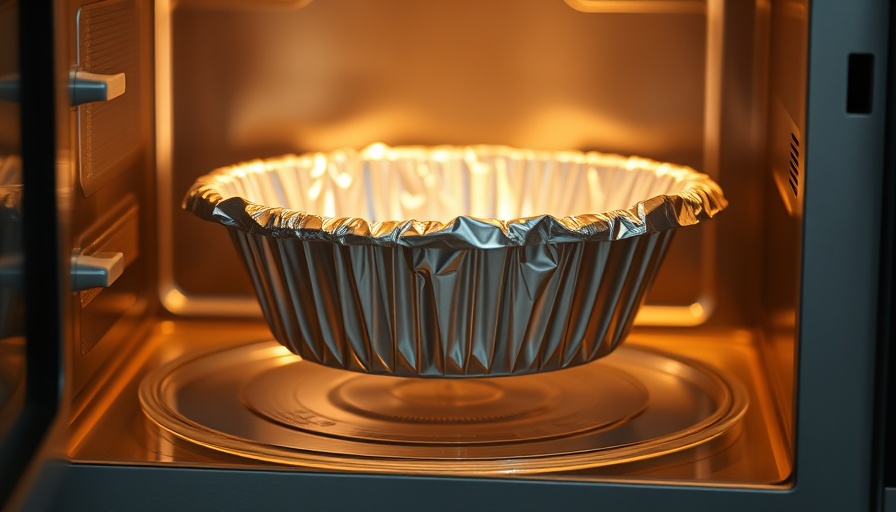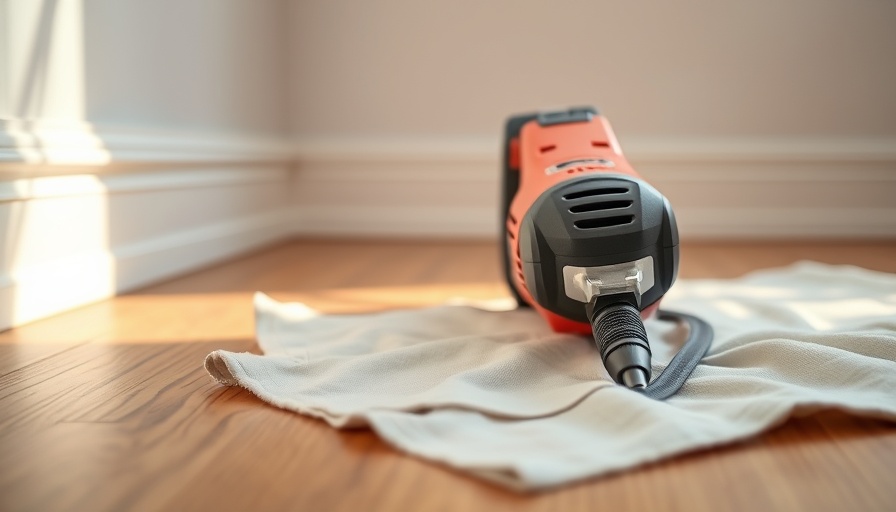
Understanding the Dangers of Metal in Microwaves
Most of us have likely encountered a shocking incident in the kitchen involving metal and a microwave. Whether it’s a spoon left in a bowl or a metal-threaded dishcloth, the reaction is almost always the same: sparks, smoke, and a quick lesson on why metal and microwaves don’t mix. So, what exactly happens when metal enters a microwave, and why is it so dangerous?
Why Metal Causes Chaos in the Microwave
At its core, a microwave oven operates by emitting microwave energy, which heats food by exciting water molecules. Metal, however, reflects this energy rather than absorbing it. This creates an agitated environment within the microwave leading to arcing, which resembles a miniature fireworks display. When metal reflects microwaves, it not only damages the metal itself but can also lead to significant harm to the microwave itself, and even cause fires in the worst case. Professional appliance repair expert Matthew Morrison cautions that the first signs are often small sparks followed by alarming noises and smells if you don’t stop the microwave immediately.
Effects of Metal in the Microwave: A Real-Life Account
Chef Maricel Gentile's harrowing experience of seeing sparks leap from a dish towel housing a hidden metal thread is a stark reminder of how easily this can happen. It serves as a testament to the importance of vigilance in ensuring that nothing metallic slips into the microwave. In her case, the quick flash of fire taught her a valuable lesson about keeping metallic items at bay while cooking with microwaves.
What Materials Are Microwave-Safe?
So, what should you use in a microwave instead? Materials that allow microwave radiation to pass through include glass, ceramic, and certain types of plastics. These materials do not reflect microwaves, ensuring even heating of your food. However, caution is necessary; while using plastic containers, ensure they are microwave-safe to avoid releasing harmful chemicals when heated. Furthermore, tempered glass is an excellent option due to its durability, transparency, and even heat distribution.
The Thin Line: Microwave-Safe Metals
Interestingly, not all metals are a no-go in the microwave. Some specially designed metal trays are safe for microwave cooking, as are the metal racks often found in microwaves, which are typically made of rounded stainless steel. However, caution should always be exercised; sharp-edged or thin metals can still pose risks and are best kept out of the microwave altogether.
Ensuring Safety: Best Practices For Microwaving
To prevent accidents, it’s essential to educate family members, especially children, about kitchen safety measures. Here are a few crucial pointers to keep in mind:
- Double-Check Dishes: Always inspect dishes for hidden metal threads or embellishments.
- Stick to Recommended Materials: Use only recommended microwave-safe materials, such as tempered glass and certain ceramics.
- Keep an Eye on Cooking: Regularly monitor your food to avoid mishaps—better safe than sorry!
Embracing Safety and Convenience
Understanding the interactions between metal and microwaves not only simplifies cooking routines but also reinforces the importance of safety in the kitchen. While the occasional mishap might evoke laughter among family and friends, it’s vital to learn from past experiences to create a safe cooking environment. So next time you pop a meal into the microwave, double-check that it's free from any metallic interference.
Conclusion: What We Learn From Kitchen Mishaps
Kitchen safety is paramount, and ensuring that microwaves remain a helpful and safe tool in our kitchens is vital. With a few simple guidelines and an emphasis on caution, we can dodge the electric jolts and kitchen chaos that come with mixing metal and microwaves. A little awareness goes a long way toward safe and enjoyable cooking adventures.
With the right kitchen tips and education, we can ensure that our food heating experience remains delightful rather than disastrous.
 Add Row
Add Row  Add
Add 




Write A Comment